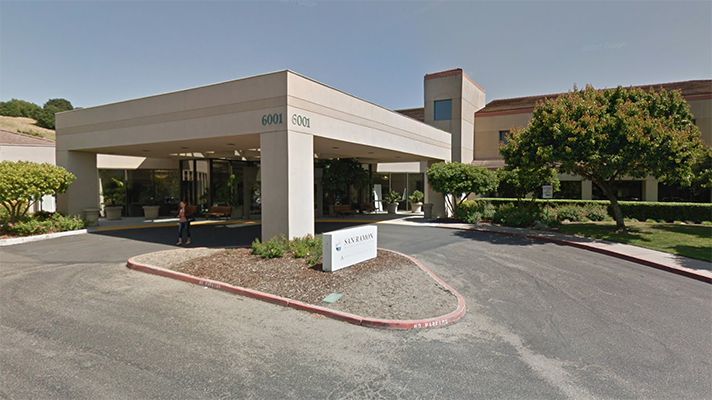
While many hospitals and medical groups are exploring artificial and machine learning, Hill Physicians Medical Group in San Ramon, California, has already reaped noteworthy results using the technologies to advance value-based care work.
“The efficiencies we’ve gained have allowed us to increase the number of charts collected by more than 200 percent,” said Jennifer Pereur, director of government programs at Hill Physicians Medical Group. “We’ve increased the frequency of reading our EHR charts to twice yearly. And, we’ve completely removed the chart collection burden for many of our primary care and specialty practices.”
Putting AI to work
Hill Physicians has 4,000 contracted physicians and provides care to more than 400,000 members across commercial HMO, Medicare Advantage, Next Generation ACO, Medi-Cal and PPO lines of business. The medical group has long run chart collection campaigns to support Medicare Advantage risk adjustment. A significant portion of the data it needs to get a true picture of members’ health status lives in the medical chart. And this information doesn’t always make it to the professional claim.
The collection of the member’s chart was a manual process that required a physician’s office staff to provide a copy of the chart. Oftentimes a vendor was used to retrieve the charts from the physician practices. Hard copies then were scanned and ultimately read by certified medical coders.
“This process was time-consuming and burdensome for the physician practices,” Pereur said. “We were seeing an increased level of non-compliance with our chart requests – physicians were refusing to provide the charts we needed because it was an administrative burden on their staff.”
This meant Hill Physicians’ Medicare Advantage risk score was incomplete – light on data – which directly impacted the premium dollars received to pay for the care for these members, she explained.
To solve this problem, the medical group turned to technology from Apixio, a risk adjustment company that develops analytics tools powered by artificial intelligence and machine learning. For addressing healthcare provider organizations’ risk adjustment needs, there are a variety of vendors that conduct related tasks. In addition to Apixio, vendors include Change Healthcare, Cognisight, DST Systems, Dynamic Healthcare Systems, Evolent Health and Inovalon.
“Our initial work involved extracting patient data and images directly from the electronic health record,” Pereur said. “Apixio reads all the data and images and isolates those parts of the records that are likely to contain the data we’re looking for. A certified coder reviews the identified data and makes the final determination on what’s allowable based on coding guidelines.”
Data not in medical claims
The medical group had access to the EHR for approximately 20 percent of its patient population. For this population, the group completely eliminated the chart-retrieval burden from the physician practice and the AI within the system Hill Physicians uses is key to resolving the issues surrounding value-based care.
“Critical data lives within the physicians’ chart notes,” Pereur explained. “Historically, the only way to extract it was to sit someone down with a chart and have them start reading. In addition to being more efficient, we’ve found the use of AI improves both the accuracy and completeness of our chart sweep work.”
What’s more, staff is able to audit a much higher volume of charts in significantly less time and to do so with greater confidence in the accuracy rate, which has been 99 percent, she said.
“In addition, we’ve been able to see the completeness – the range of codes identified and accepted – grow with each project we do. It’s been great to see the constant evolution and increased sophistication that the product has gone through,” she said. “This isn’t a technology that we could replicate in-house.”
Oftentimes the data relevant to risk and quality scores – ICD-10 codes or CPT II codes – are not included in the medical claim.
“All of the data, however, is documented in the medical chart,” she said. “AI helps us find the data in the chart to complete that accurate picture around member risk scores. I’m hopeful that we’ll soon be able to use this technology to find missing quality data as well.”

